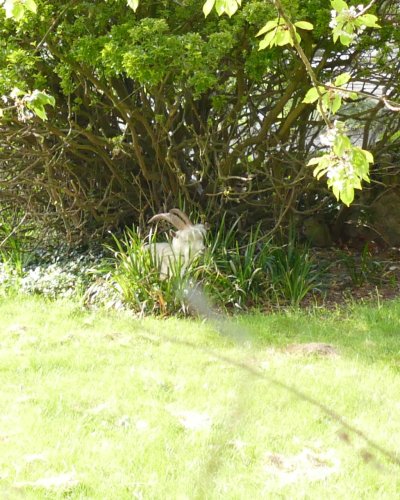Always put your turn signal. And why it will improve your writing skills.
I always put my turn signal.*
I put my turn signal when turning either left or right.
I put my turn signal when pulling over to the side of the road. And when remaining there.
I put my turn signal when passing; once when I pull out and once when I pull back in.
I do this whether or not there’re other vehicles on the road.
I put my turn signal in the middle of the night when there’s no one around to see it.
Last year, I parked in the middle of field full of cows.** When I returned to the car, before moving off I put my turn signal.
I do this because it means that I never have to ask myself if I should put my turn signal or not. Which means I can concentrate on other things. Like steering, braking, not leaving the highway having lost control of my car, and not colliding with other vehicles. You know, the important stuff.
So, what’s this got to do with writing skills?
Well, if you take the same approach that I take vis-à-vis my turn signal with your writing, you’ll get a lot more practice at editing your own work.
Everything you write is an opportunity to practice.
Aim to write well when you’re writing an academic paper.
Aim to write well when you’re writing marketing copy.
Aim to write e-mails well.
And social media posts.
And text messages.
When you’re collaborating with a proofreader, aim to write well in the comments to the text you’re working on together.
Aim to write post-it notes well. Including the ones that just say you need to buy endives.
Write well when you’re in the middle of a field of cows.
Perhaps no one is there to see that you’re writing well.
But aim to write well anyhow.
You’ll get a lot more practice at writing well. And as you’ll never waste time on deciding whether you should be writing well or not you’ll be able to concentrate on other things. Like getting out more, playing with the kids, worrying about climate change, and collecting those little foil tops from those plastic pots of single-serving coffee cream (substitute other, more meaningful hobbies if you wish).
[Illustration by ELCS.ch. The turn signal of “La p’tite,” our 1974 MG BGT.]
* I write “turn signal” here, but in my native United Kingdom we call it an “indicator,” which is a more appropriate term because that’s what it does. So, it can indicate, when you’re at the side of the road, that you’re staying there. Even if staying at the side of the road doesn’t involve turning anywhere.
An American tourist and a hotel employee are waiting for a vertical transportation device in a UK hotel.
Tourist: Damned elevator. I’ve been waiting here for a half an hour.
Hotel employee: It’s a “lift,” sir.
Tourist: What?
Hotel employee: It’s a “lift,” sir. Not an elevator. We call it a lift.
Tourist: Well, we invented the thing. The world’s first elevator was installed in New York City in 1857. So it’s an elevator.
The vertical transportation device announces its imminent arrival with the “bing” of a bell.
Hotel employee: You’re lift’s here, sir.
The tourist turns to the employee and gives her a sharp look.
Hotel employee: You may have invented the vertical transportation device, sir. But we invented the language.
** The farmer very considerately came and discouraged his cows from causing the inevitable thousands of Swiss francs of damage to the car. I can’t say whether this was innate generosity, or whether the CAP was exerting its traditional beneficent effect on his mood. But I like to think it was the former.




